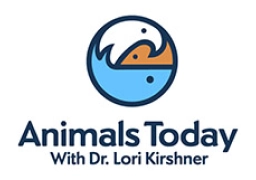While many see zoos as organizations that protect, conserve, and appreciate wildlife, at AIA we know that no wild animal placed in captivity could ever truly be appreciated. Endangering both animals and the humans that visit them on their grounds, zoos pose one of the largest physical and ideological setbacks to the animal welfare field in our current moment. AIA is committed to informing the public about the many cruel aspects of confining and exploiting wild animals. The following articles by various writers in collaboration with AIA, and past episodes of Animals Today Radio, point out the holes in zoos’ budgets when it comes to claims of “conservation”, the devastating accidents that could have been prevented on zoo property, and the ethical issues with the existence of zoos.





